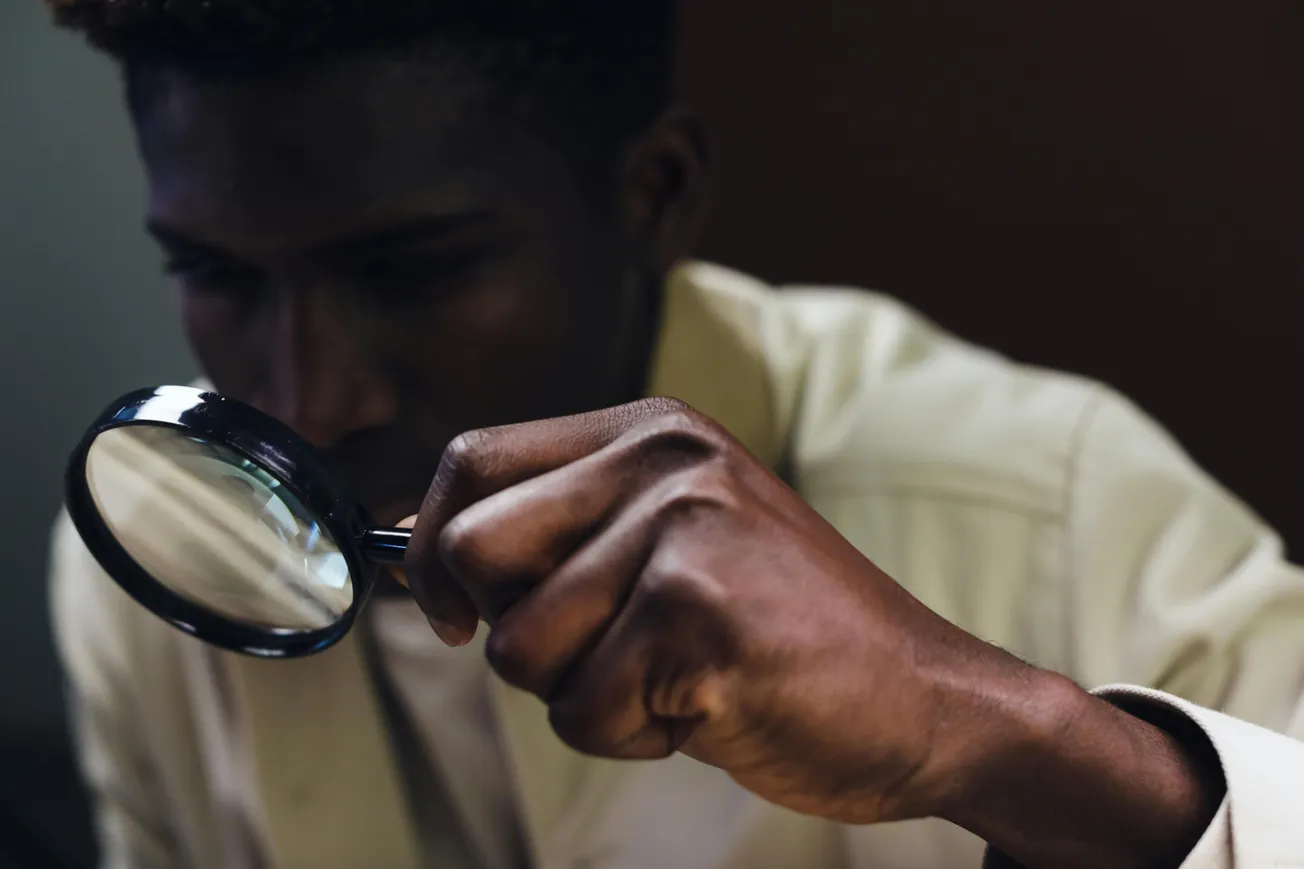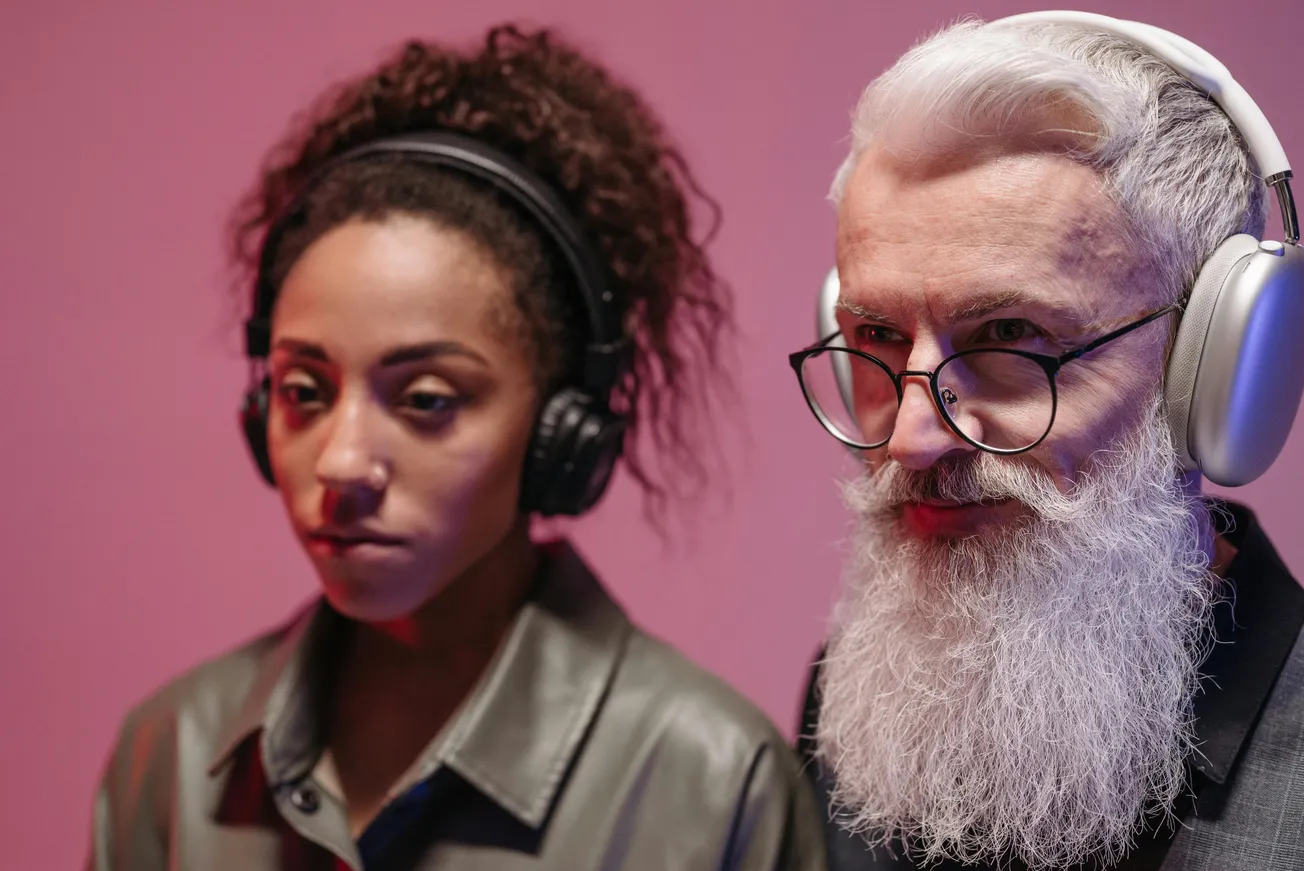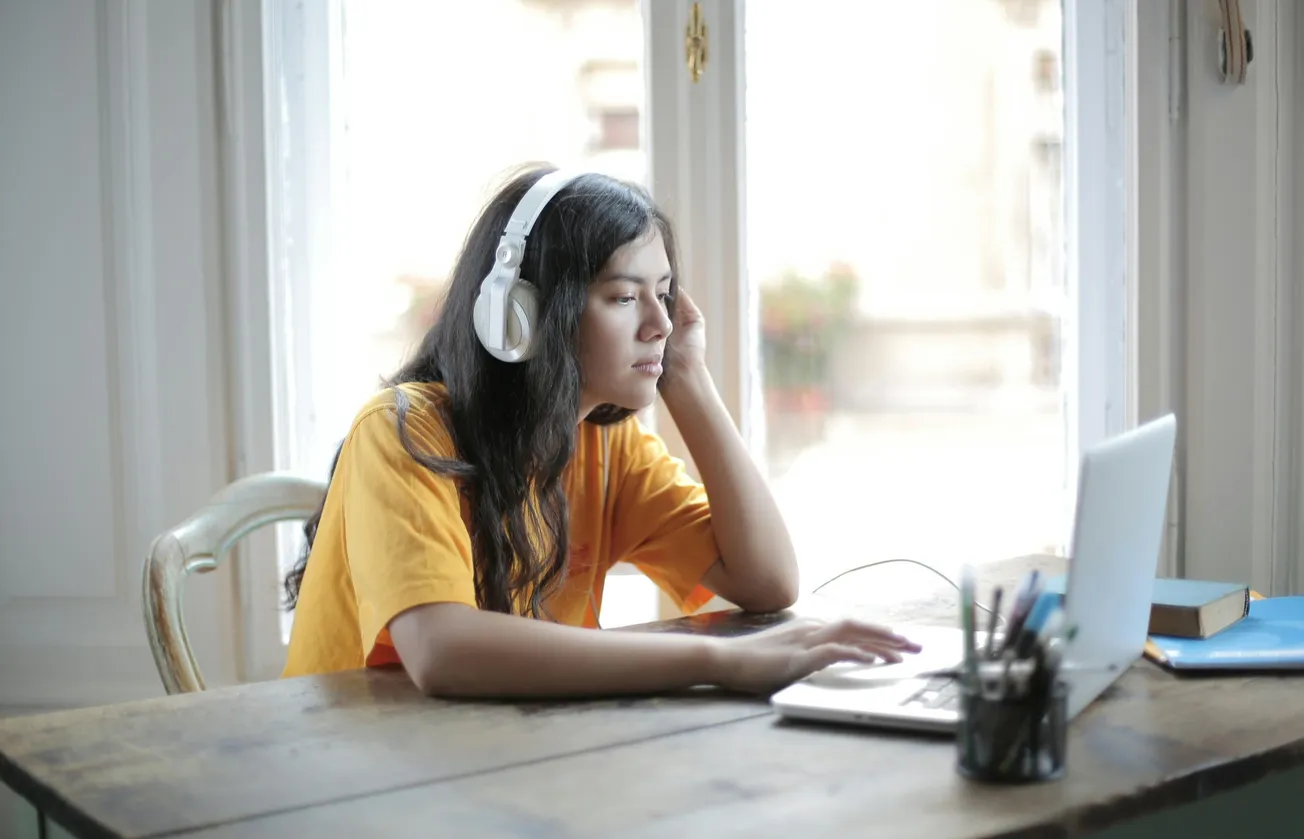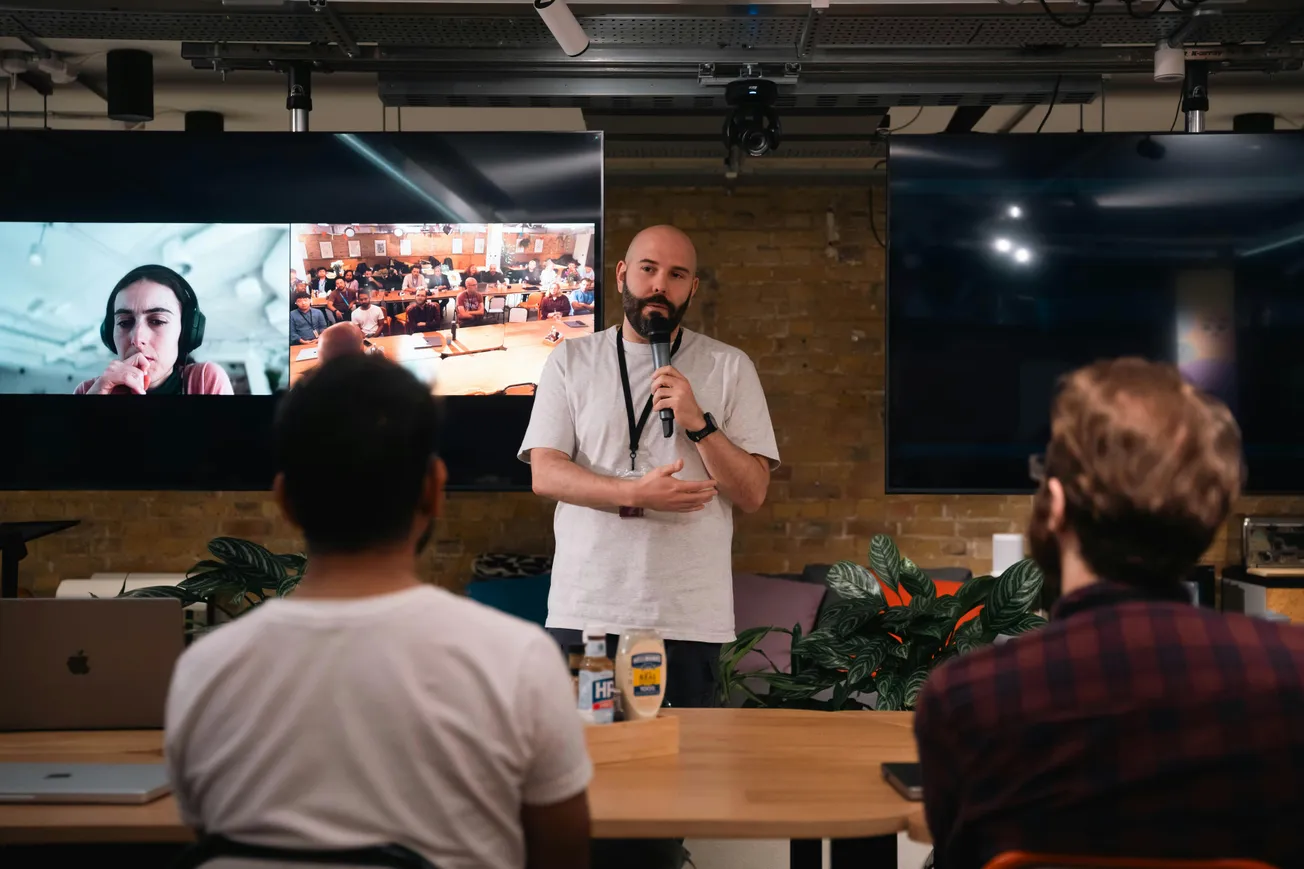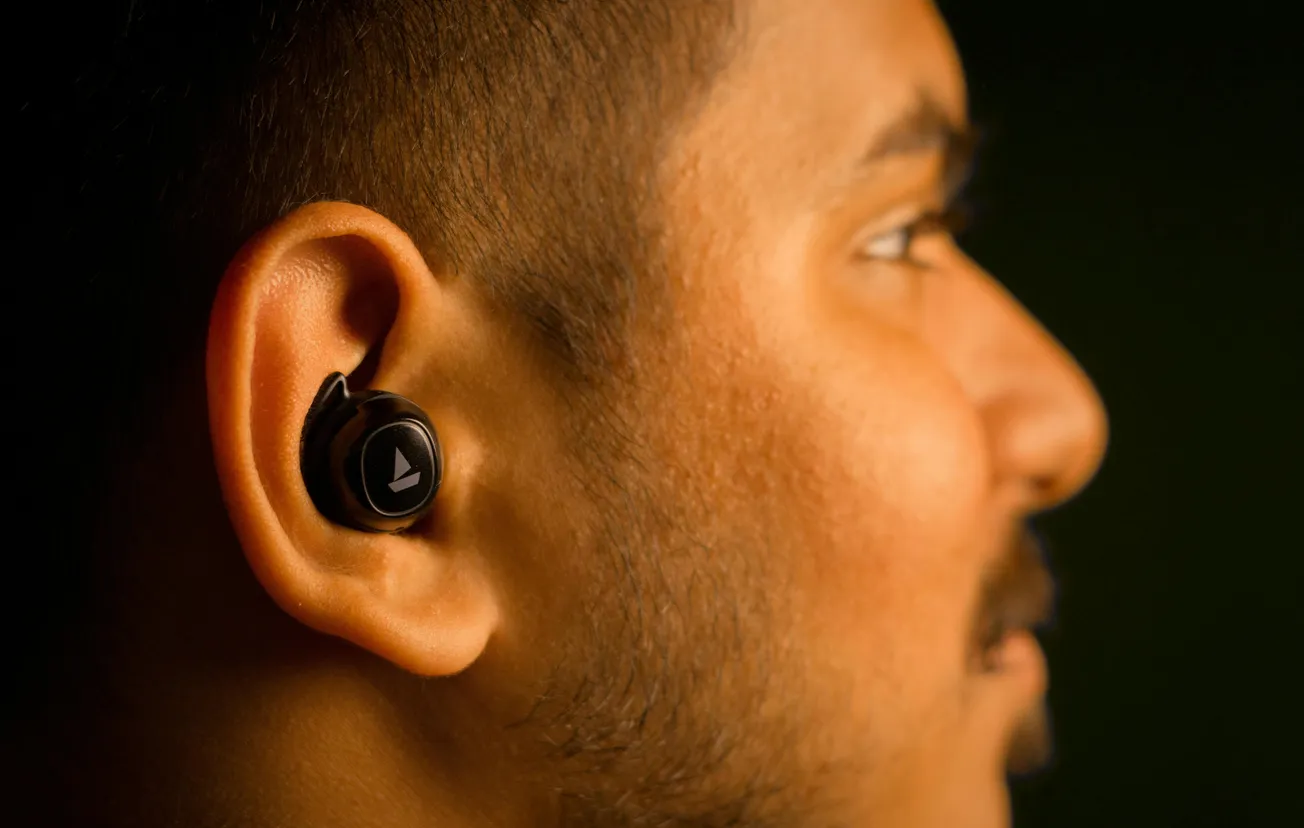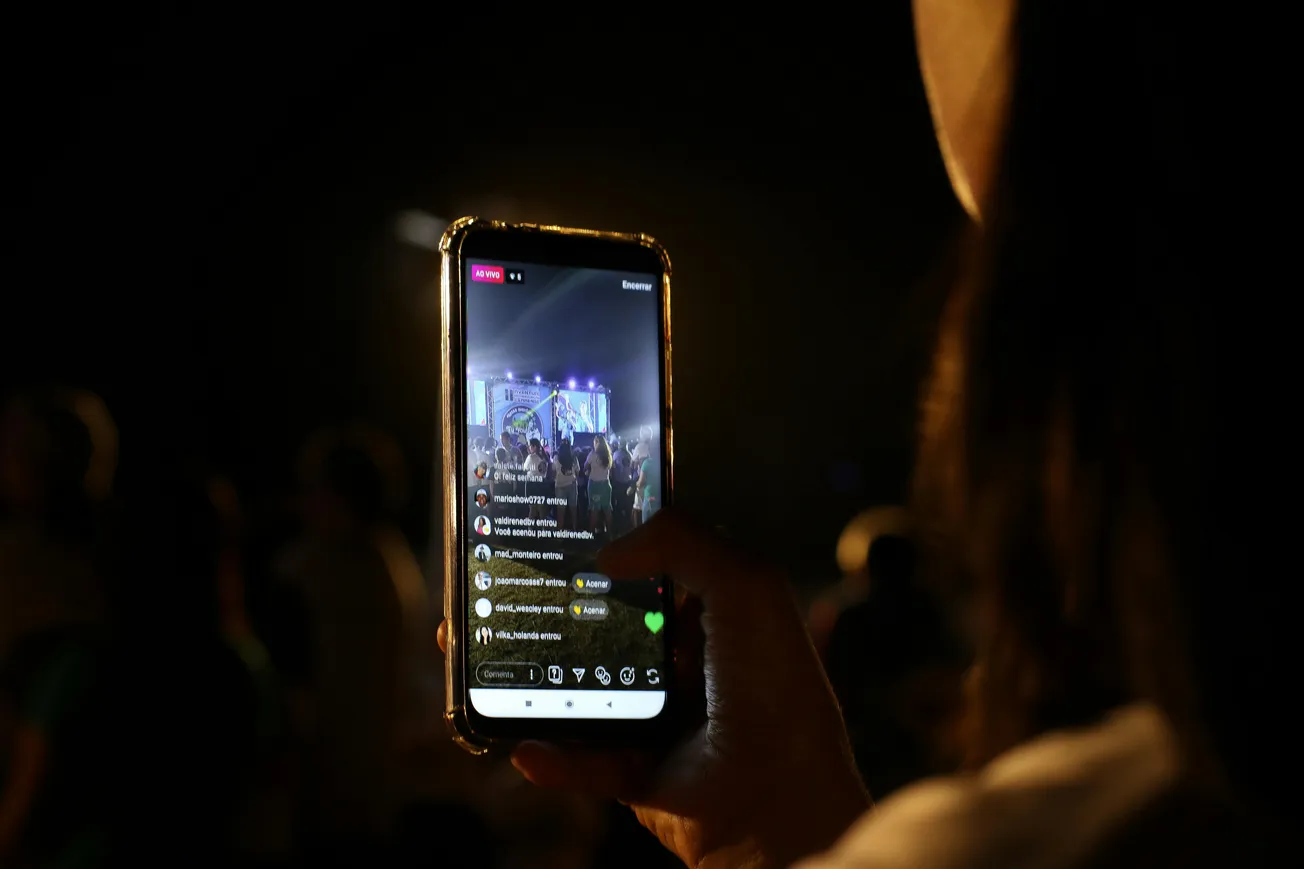As AI video generation tools mature, so does the risk of misuse. Models like Sora 2, Veo 3, Runway Gen‑4, and others are pushing boundaries in realism and accessibility. But with that power comes responsibility—and a growing need for tools that can detect when a video is synthetic. Enter systems like VidGuard‑R1, BusterX, and LAVID, all designed to separate real from generated.
The Rising Challenge
AI-generated videos are increasingly indistinguishable from real footage. Many incorporate facial expressions, speech, motion blur, and lighting effects that seem entirely natural. This makes it easier for bad actors to spread misinformation, violate copyrights, or produce deepfakes of public figures.
Researchers are responding with next-generation detection models. VidGuard‑R1 uses a multimodal large language model fine-tuned with reinforcement learning to offer both classification (real vs. AI) and explanations of its judgment. It hits over 95% accuracy on challenging datasets.
Meanwhile, BusterX integrates large vision-language models with reinforcement learning to vet synthetic videos and offer human-readable rationales. Another system, LAVID, uses vision-language reasoning plus adaptive prompt structure to detect diffusion-based video forgeries without needing new training.
What It Means for Creators & Platforms
For content creators and publishers, these tools are critical guards. If you’re distributing video content—especially via social platforms or news channels—you’ll increasingly see built-in authenticity checks. Platforms may refuse to host AI‑video content that fails detection or require watermarking.
As a creator, you’ll want to ensure your AI-assisted videos remain auditable. Embed visible or digital watermarks, retain original source files, and transparently disclose when content is synthetic. Building trust becomes a competitive differentiator.
Looking Ahead
AI detection is not static; it’s an arms race. As generation models improve, detection models must evolve. Tools like VidGuard‑R1 and BusterX reflect the next phase—classification with interpretability.
In 2025 and beyond, building with AI means building responsibly. If you’re creating or curating video content, it’s no longer optional to think about authentication—it’s essential.


